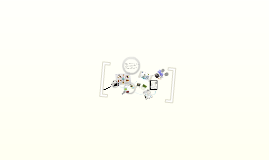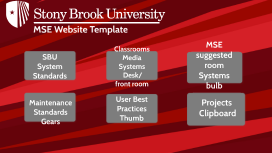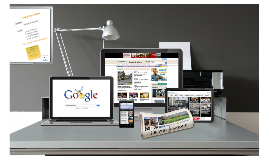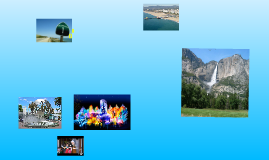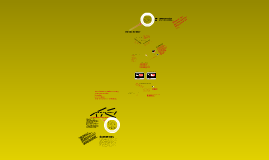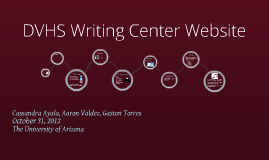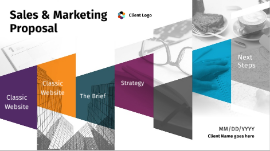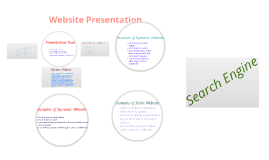Website Presentation
Transcript: Electronic Learning or E-learning or eLearning- is the term for all types of technoloyg enhanced learning, where technology is used to support the learning process. learning overload First time we are preparing for the future of students in which we cannot clearly describe- David Warlick Is learning simply about gaining knowledge ? Some people study all their life and at their death they have learned everything except to THINK- Francois Domergue How does a 21st Century Student Learn? Traditional Approaches don't always work... The job is to help people solve problems not make them learn.... Character faces a challenge Realistic online activity that helps learners practice those actions Realistic decision making scenarios help us practice retrieving information Activity tests help show short-term memory more than real understanding plunge learners straight into they activity Traditionel elearning: Info followed by activity Immerse learners in a stream of activities that contain the necessary info How to make E-learning work> Problems: Take to much time and money to create They provide limited interactions Too costly and really not worth the time Re-think your definiton of E-learning 80-20 rule more informal than formal Think about productivity/performance learning is a means to an end not the end itself Its about improving the performance for the individual Don't measure success in the terms of completion or test scores Think people not content help encourage people to communicate, collaborate, connect, and co-create Help people help themselves Think quick, easy, short and disposable solutions BUT don't re-vent the wheel Solutions need to be relevant to their needs and fit with their way of working. Working and learning need to merge Blogging, Podcasts, Wiki 26,044 printed books about mechanical enginneering 17,352 printed books about telecommunications 20, 392 printed books about teaching 13,713 printed books about marketing 24,144 printed books about graphic design To read all these books you need 83 years We don't just learn from books: Blogs, Videos, Journals, Magazines, Presentations, Experts The amount of new technical information is doubling every 2 years=meaning that the information you learn in college is outdated within 2 years after graduating... Some common misconceptions We learn from books we never learned how to read beyond identifying text and looking for meaning We learn in class We never learned how to listen beyond recognizing sounds, words, and sentences We learn from life We never learned how to reflect beyond looking back and remembering past mistakes or experiences What does that mean? Learning: Your brain consists of billions of neural cells that are connected to each other To learn is essentially to form sets of those connections Through-out our lives weve've been learning... However, the patterns have not been created for us... Current Learning Theories: Exposure Stage: The first time a concept(such as long divison is new to us) Guided learning Stage-when we still can't do the problems without help. Independent Stage-With review, guidance and hard work we reach stage 3 Mastery Stage- Comes with more practice, final goal of education Percentage of retained info 10% of what they read 20% of what they hear 30% of what they see 50% of what they see and hear 70% of what they say 90% of what they say and do Learning Styles Research that they don't exist? Online Learning Styles/ In reference to Communication methods Visual-Instruction: Use of a video clip, diagram, image or map Visual-Testing: IDentification on maps, diagrams, required drawings or sketches, read and responses Visual- Assignments: Mind mapping of concepts(webbing, diagramming, construction of Powerpoint, Presentations, readings Visual-Reference: Reference maps, diagrams, pictures, articles Visual-Communication: Use of electronic white board, electronic conferencing or chat Auditory-Instruction: Use of a video clip, diagram, image or map Auditory-Testing: sound identification or verbally adminstered test Auditory-Assignments:Projects with audio components, interviews, seminars, giving of reports and speeches, powerpoints w/audio component Auditory- Reference: Video or audio clips from a media collection Auditory- Communication:Phone, audio conferencing Sensory-Instruction: Images, sounds, video, demos, simulations Sensory-Testing: tests that ask for detail, tests with accompanying images, audio Sensory-Assignmets: Creations of demos, images, case studies Sensory-Reference: Virtual field trips Sensory-Communications: any conferencing tool Tactile-Instruction:advance organizer, in class exercises, asking for volunteer participation in class demos or simulations Tactile-Testing: performance of a task, multiple choice, tutorial, reports/papers, portifolio of project work Tactile-Assignments: Self assessment, quizzes, model building, presentations, demos Tactile-Reference: virtual field trips Tactile-Communication: synchronous






